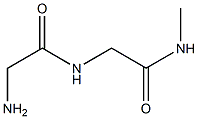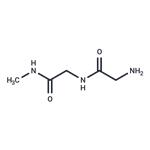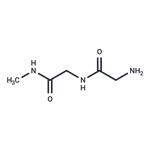Uses
Fibrin is transformed from fibrinogen by thrombin. It has been used in studies to obtain fibrin specific monoclonal antibodies (mAbs). These mAbs may then be used to determine their role on fibrin polymerization and use in fibrin quatification in blood plasma.
Definition
An insoluble blood protein resulting from the hydrolysis of fibrinogen by the action of thrombin; it polymerizes to form blood clots. Recent research has found that it forms a protective coating on tumors that inhibits antigenic activity, thus protecting
Agricultural Uses
Fibrin is an insoluble fibrous protein that causes blood to clot. Fibrinogen, a protein synthesized in the liver, dissolves in the blood and circulates in the body. Fibrinogen is converted to fibrin by the enzyme thrombin which builds up a spongy, fibrous network joining the edges of the wound to effect clotting and prevent bleeding. Thus, thrombin is responsible for the formation of fibrin (from the soluble fibrinogen) which forms the fibrous network, thus trapping the blood cells during an injury.
Biological Activity
Fibrin acts as an important bio-polymer in the primary blood clotting process. It creates a scaffold for infiltrating cells during tissue repair. Fibrin is widely used as a tissue sealant for tissue regeneration applications as it enables the formation of a biocompatible physical structure. It is also used in delivery systems for cells and bioactive molecules. The fibrin matrix resembles the native pancreas and can serve as a scaffold material for islet transplantation. Fibrin has been used in studies to obtain fibrin-specific monoclonal antibodies (mAbs). These mAbs may be used to determine their role in fibrin polymerization and use in fibrin quantification in blood plasma.


